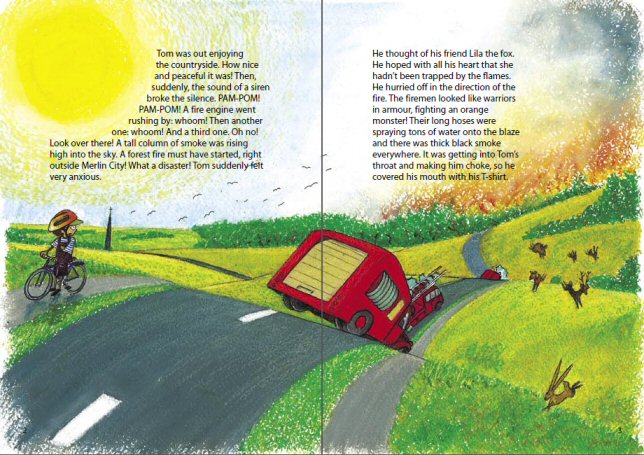Yesterday, the European Commission published its proposed policy framework for climate and energy policy to 2030. It proposes two high-level goals while retreating from setting more specific targets for individual sectors and technologies. The over-arching goal is a greenhouse gas emissions reduction target for domestic EU emissions of 40% in 2030 relative to emissions in 1990. The proposal met with a mixed reaction and must still go through the legislative process in both the Parliament and the Council.
The Commission’s assessment is that the policies and measures implemented and envisaged by member states in relation to their current obligations to reduce greenhouse gas emissions, if continued after 2020 and fully effective, would deliver a 32% reduction relative to emissions in 1990.… Read the rest
The timeline for rural development programming
One of the innovations in rural development programming for the next multi-annual period is that there is meant to be much greater integration between EAFRD spending and spending through the other structural and investment funds. Trying to achieve this greater integration has been, and is, a fraught and time-consuming process, with implications for when member state and regional rural development programmes (RDPs) will get the green light to proceed.
I described how this process is intended to work in an earlier post. In a first step, the Commission has drawn up a Community Strategic Framework (CSF) which is intended to facilitate the sectoral and territorial coordination of union intervention under the CSF funds and with other relevant Union policies and instruments.… Read the rest
More on Pillar 2 allocations by member state
In a previous post I commented that a noteworthy aspect of the Ciolos CAP reform was that, unlike previous reforms, it explicitly proposed to redistribute CAP resources between the member states and between farmers within member states. In writing this I was thinking primarily of Pillar 1 payments. Pillar 2 allocations between member states have been more variable, although still largely influenced by historical amounts (Zahrnt discusses the evolution of Pillar 2 shares in this European Parliament paper).
Also on this occasion, the Commission proposed (in its MFF budget proposals) that the distribution of Pillar 2 rural development support should be based on objective criteria linked to the policy objectives taking into account the current distribution.… Read the rest


